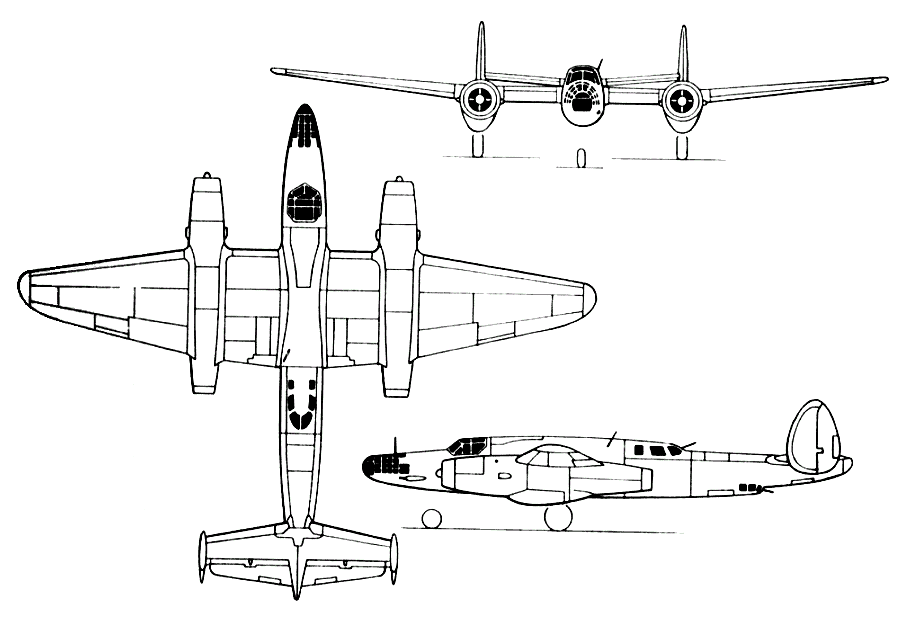
I love to build the famous Russian Tu-2 bomber, But there are quite a handful of them already build very nicely. So after digging on the websites, I find this interesting variant of the original TU-2 with jet engines, (instead of its old water-cooled radial engines). The details goes as following.
"The Tu-12 was the last derivative of the Tu-2, but this was not just another variant of a well-tried theme. It was also, better perhaps, known as the Tu-77, really as a follow-on of the ANT numbering sequence. The VVS gave it the designation Tu-12. The Tu-12 was the Soviet Union's first jet bomber. Tupolev intended it as an interim measure to develop later aircraft and to train crews in the handling of larger jet aircraft. Sergei Yeger, working under Tupolev's supervision, led the programme. He took the basic Tu-2 fuselage, wings and tailplane, and adapted them only for the higher speeds of a jet. It was one of very few jets of the 1940s to feature a twin tail. The undercarriage was changed from a tailwheeler to a tricycle, and under the wings were fitted Rolls-Royce Derwent engines; for several years after the war, the British government allowed engines, and some other aviation components, to be sold to the USSR. Although Soviet designers were hurriedly developing jet engines, by the time of the Tu-12 in 1947 even MiG-15s were using either Rolls-Royce engines or licence-built copies of them. Only Lyulka's jet engines were of Soviet design and manufacture, and these at that time had hardly half the power of the Nenes fitted on the Tu-12, which gave a static thrust of 2,270kp/5,0041b. The first Tu-12 was built at factory N156, the new title for the former KOSOS TsAGI works attached to the design offices. It was completed in May 1947, and after transfer to Zhukovski and reassembly, Aleksei Pereliot flew it on its first flight on 27 June. There were no major difficulties found in the test programme. For an interim aircraft its performance was reasonable: maximum speed was 783kph/487mph, range was 2,200km/l,367 miles, and its service ceiling was ll,300m/37,075feet. The VVS accepted the prototype Tu-12, and production began at factory N23 in Moscow with an order for five. However, only three were completed. These were completed by 1950, and were used by the Air Force in a training role for a short while. One was used as a flight test aircraft by the LII for experimental work with rocket engines, which were mounted on a pylon above the centre fuselage."
Specifications:
CREW 4
ENGINE 2 x Rolls-Royce 'Nene-1'
WEIGHTS
Take-off weight 15720 kg 34657 lb
Empty weight 8993 kg 19826 lb
DIMENSIONS
Wingspan 18.86 m 62 ft 11 in
Length 15.75 m 52 ft 8 in
Height 4.19 m 14 ft 9 in
Wing area 48.8 m2 525.28 sq ft
PERFORMANCE
Max. speed 783 km/h 487 mph
Ceiling 11360 m 37250 ft
Range 2200 km 1367 miles

Original web link: http://www.aviastar.org/air/russia/tu-77.php

Post “T" if you want me to tag you once I post
T
T